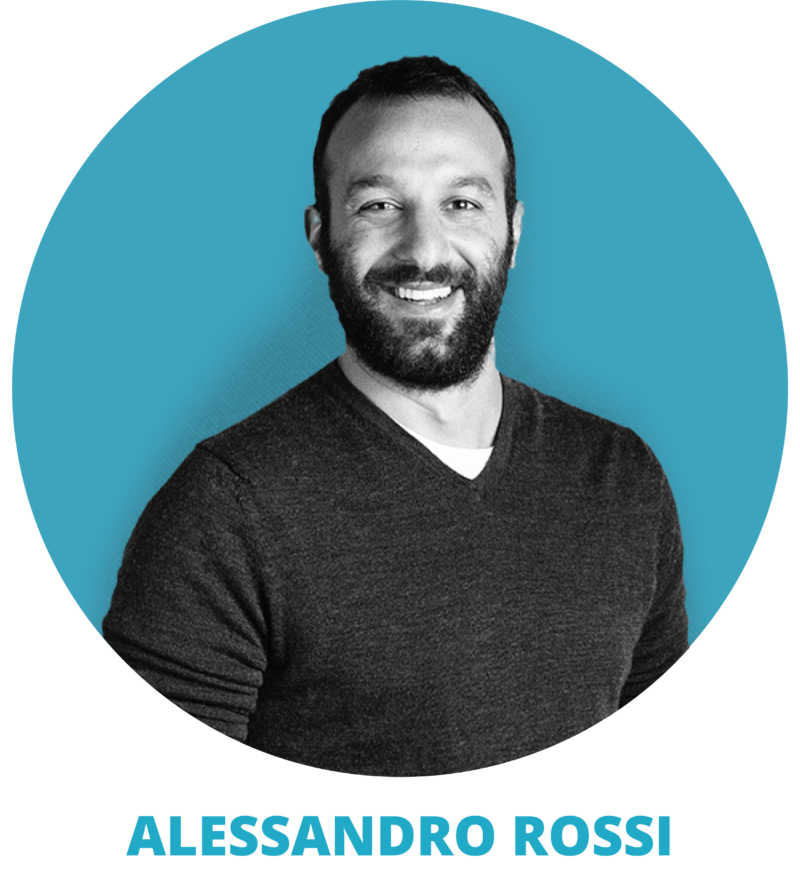Our journey to Teal organizations is approaching its end. This penultimate post is dedicated to the Green/Pluralistic Organization. The pluralistic approach overcomes the “right/wrong” absolutism of the previous Orange paradigm, and this is because the Results-oriented approach is considered overly simplistic.
the characteristics
The Green paradigm thus opens new doors and new sensibilities. The key words of this organization are equity, respect, community and harmony. Concepts such as caste, slavery, female minorities are eliminated.
At this organizational stage, awareness of the difference between a complex context and a complicated context is assumed for the first time. From a historical point of view, the Green organization was born at the beginning of the 1900s, by a small elite of pluralists, which has also managed to profoundly influence Western culture. To this day it is very much present in post-modern academic, non-profit thinking.
In this paradigm, relationships matter more than anything else. While the Results/Orange paradigm thinks of the organization as a machine, the dominant metaphor of Green Organizations is instead the family.
It pushes for authentic bottom up processes, gathering input and consensus. The concept behind the organization is the one of servant leadership. Top and middle management are being asked to truly share power and relinquish some forms of control. In the face of such a noble approach, however, there are contradictions: tolerance of other members’ ideas can become intolerance of non-Green approaches. The Green paradigm would like to be a strong model for changing old paradigms, but it struggles to find real alternative practices.
the novelties
Let’s now take a look together at the 3 important changes that Green Organizations have brought:
- EMPOWERMENT: while maintaining a hierarchical structure as in the Orange Paradigm, it emphasizes the push of decisions from below: the people in direct contact with the customer, with the day to day business, are those who can give better solutions compared to those that the management could give. This is only possible through a base of mutual trust. Decentralization and empowerment work on a large scale because of the great investment that is required of the leadership in applying servant leadership. A lot of time is spent on this training: candidates selected based on certain characteristics, large budgets for development activities, 360° assessments, bottom-up choice of leaders. The pyramid structure remains formally present. However, reasoning begins to be very much “in circles” of work and hierarchical levels diminish considerably. The formal differentiated structure is flanked by an informal, rather circular structure. The bottom-up approach is embodied in managerial roles at the service of employees and in a two-way communication channel in which employees receive information and the role of managers is to enable them to work at their best with a view of pure service.
- VALUE-BASED CULTURE: A strong and shared culture is the glue for this type of organization. Organizational values matter more than books and procedures. Interestingly, the disillusionment and cynicism that is generally observed with respect to issues of values comes from their misuse in organizations with a more “orange” culture that have applied them in a rational and de-contextualized way to follow fashion. CEOs of Green Organizations emphasize that their primary task is to promote shared culture and values. The results of doing real work in this area produce spectacular results, which have also been demonstrated by several studies. The purpose is at the center: profit becomes a result and not the goal. Culture is the queen of these organizations; human resources play an important role.
- MULTIPLE STAKEHOLDER PERSPECTIVE: From the solely shareholder-based perspective of the orange organizations, to the multiple stakeholder perspective. It is no longer about maximizing profits for investors. It’s still about profits, but within a more integrated eco-system. And this also provides greater benefits to shareholders in the medium-long term. The social responsibility is an integral part of the business.
the decision-making approach
The decision-making approach in this type of organization is no longer “predict & control“, but becomes instead “empower & adapt“. Bureaucracy is greatly reduced, decentralization emphasized, the possibility of experimenting is increased. It adapts to complex contexts since these require a decision-making model based on “Experiment- Perceive – Respond“.
The speed of changes resulting from increasing complexity sees Green Organizations as leaner, more collaborative structures that are oriented toward rapid experimentation, as the ability to stay ahead of the times. This paradigm, however, completely fails to adapt to the complex context, as there is an assumption that relationships matter more than anything else. This produces little attention to structure, an equally important element of functioning. The risk of these organizations is therefore linked to a certain internal inconsistency, which the next organizational paradigm will try to overcome.
Would you like to learn more
about the TEAL world?



